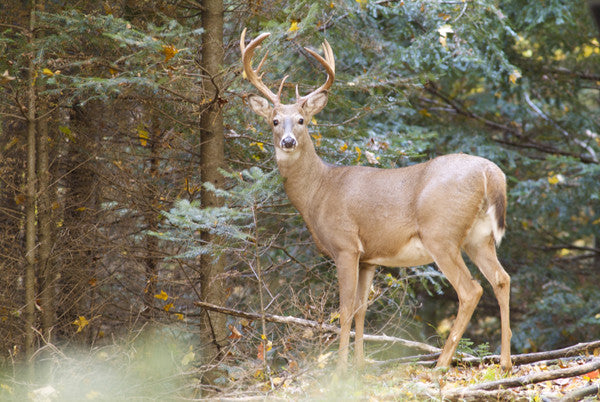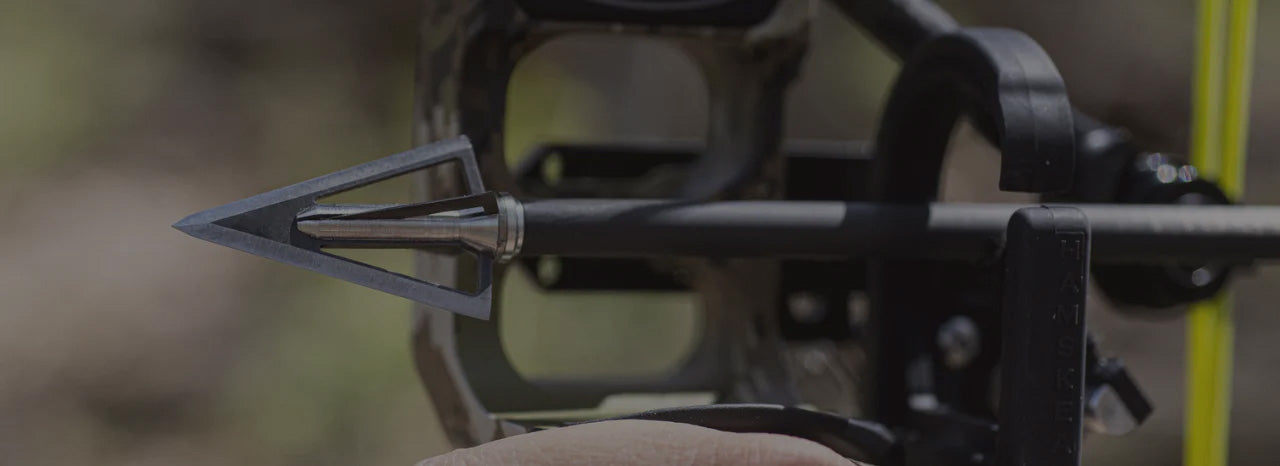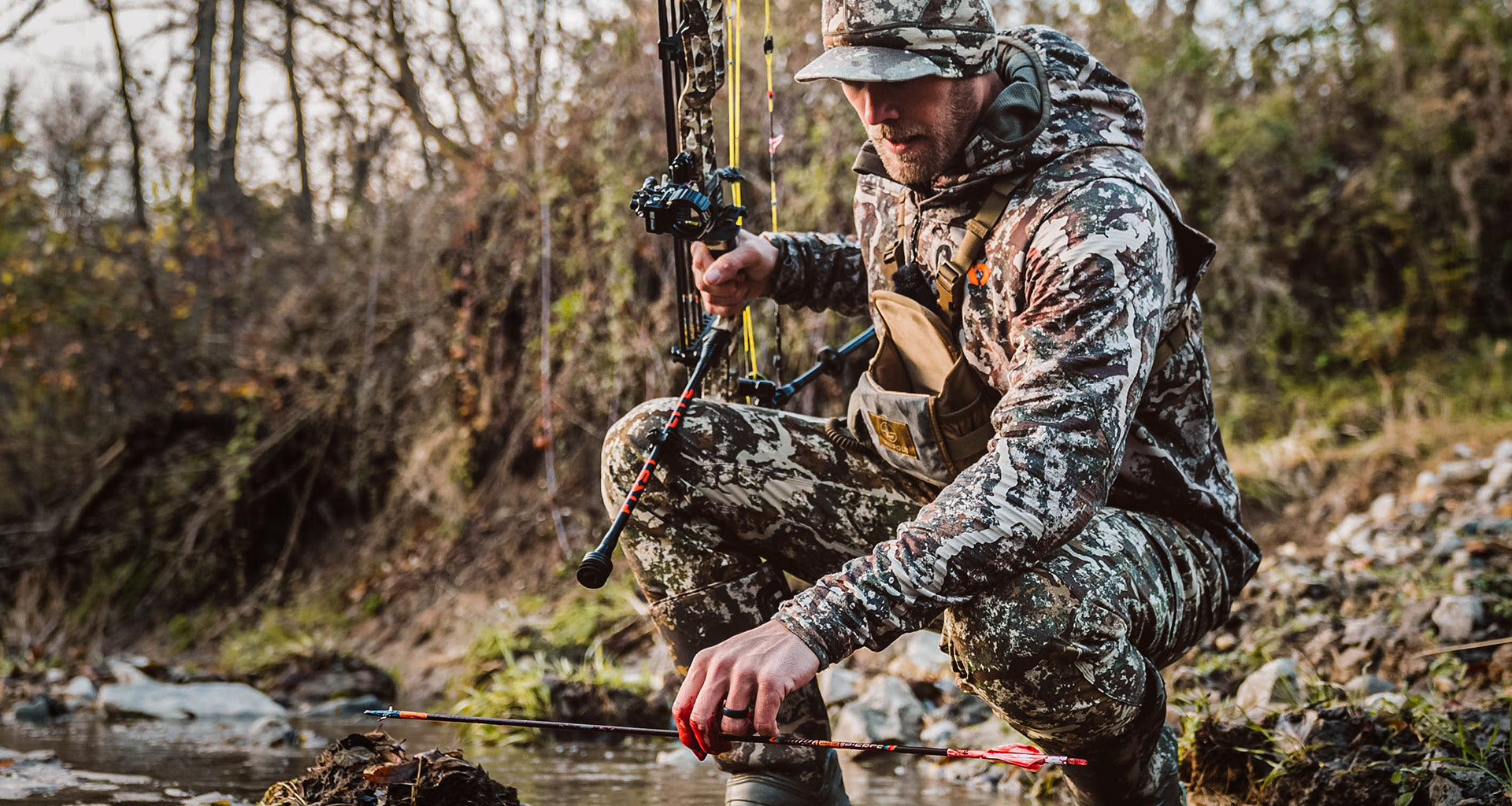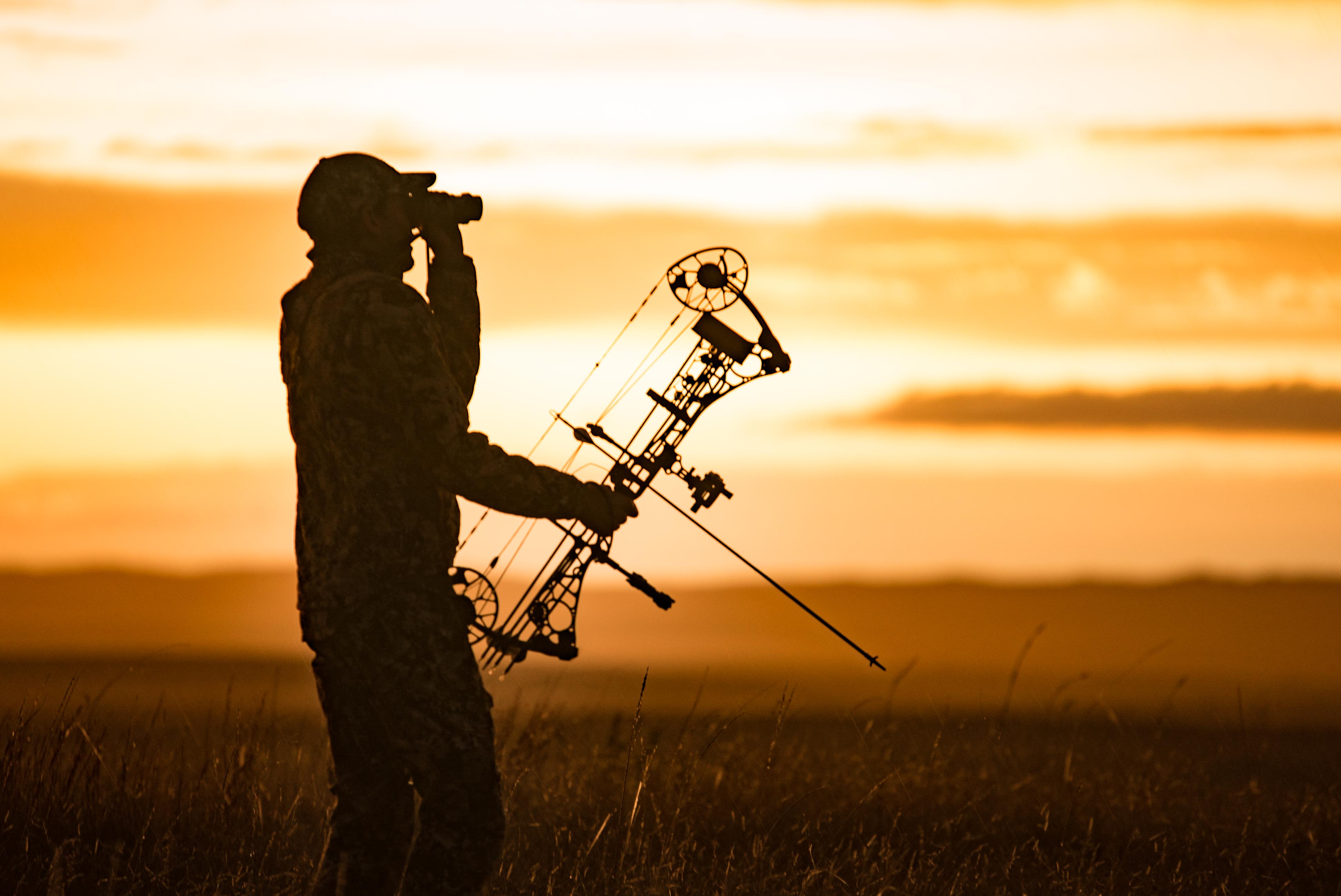Ever wonder why that blood trail dried up so fast and you lost the buck? I have an answer.
There is some basic animal physiology and biology at play, but it's easy to understand so you can track your next kill.
A dull broadhead makes a raged wound and those wounds clot rapidly, which results in another hit-and-lost animal. On the other hand, a cut made by a razor-sharp broadhead, blade of grass or Gillette Razor, bleeds freely. You can't get those cuts to stop bleeding.
Fact is, with a deer, the broadhead may not have been dull in flight but by the time it got into vital tissue, the blades were dulled. Here is how that happens. If you are shooting one of the open-on-impact broadheads the blades deploy too early. They are dulled by cutting through hair, hide, meat and ribs. By the time it gets to the vitals it may be as dull as a butter knife.
Arteries are the pressurized pipes carrying blood away from the heart. They have four layers and are tough. If you cut an artery, arterioles or even slice into a capillarity bed the same thing happens. First, alarm proteins are released at the cut site. If the cut site is ragged then large numbers of alarm proteins are summoned. They begin the clotting process by calling in platelets and fibrin to cover and seal the wound. Quickly you have a clot and blood flow/loss is stopped.
Next we are off to the testing lab. I first revealed this rubber-band demo in 1986 in a video titled, "Bowhunting Hungry Black Bears." The same holds true today. For the test, we first shot two broadheads through a steer shoulder blade. They both made it through. One was damaged by the bone. Its once-sharp edge was compromised. The other one was still razor sharp.
Next, I pushed an open-on-contact broadhead that we'd shot through the same shoulder bone, through the same rubber bands. The dull blades pushed the elastic bands out of the way. Few were cut. The ones that were cut displayed a ragged cut path. This would clot quickly due to the rapid summoning of alarm proteins, platelets and fibrin.
This is the science of slice. You either get a razorblade cut that bleeds or you get a ragged dull cut that clots. It's your choice. One way to look at this is that if you chose to hunt with a broadhead that gets dull during entry... you get to hunt more, because you never find your buck. I guess that's not a good thing after all.




